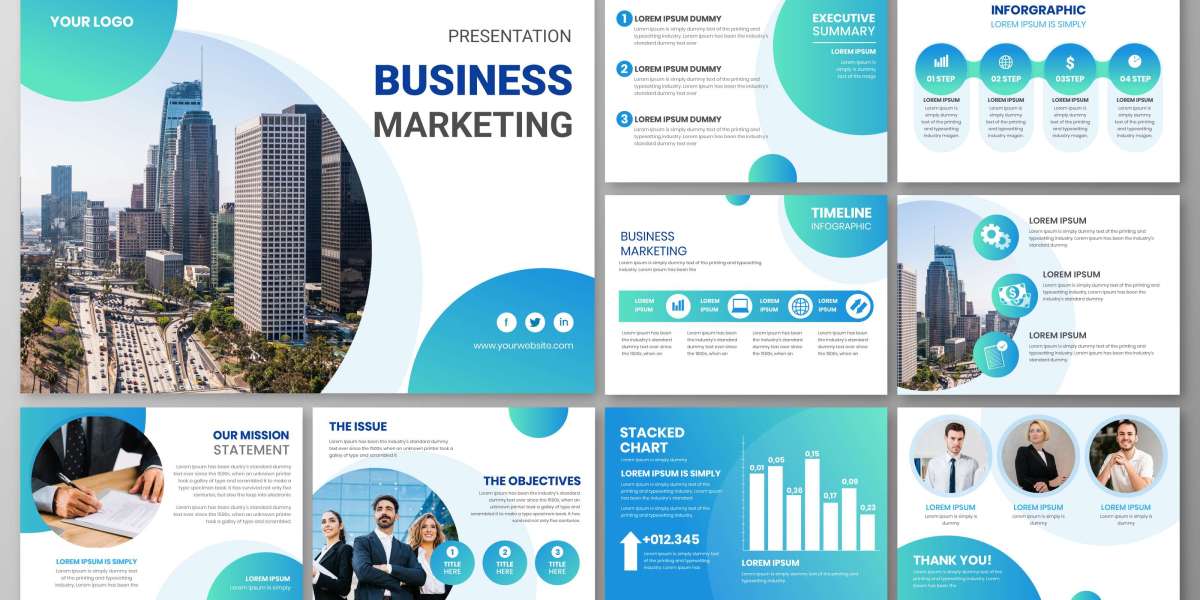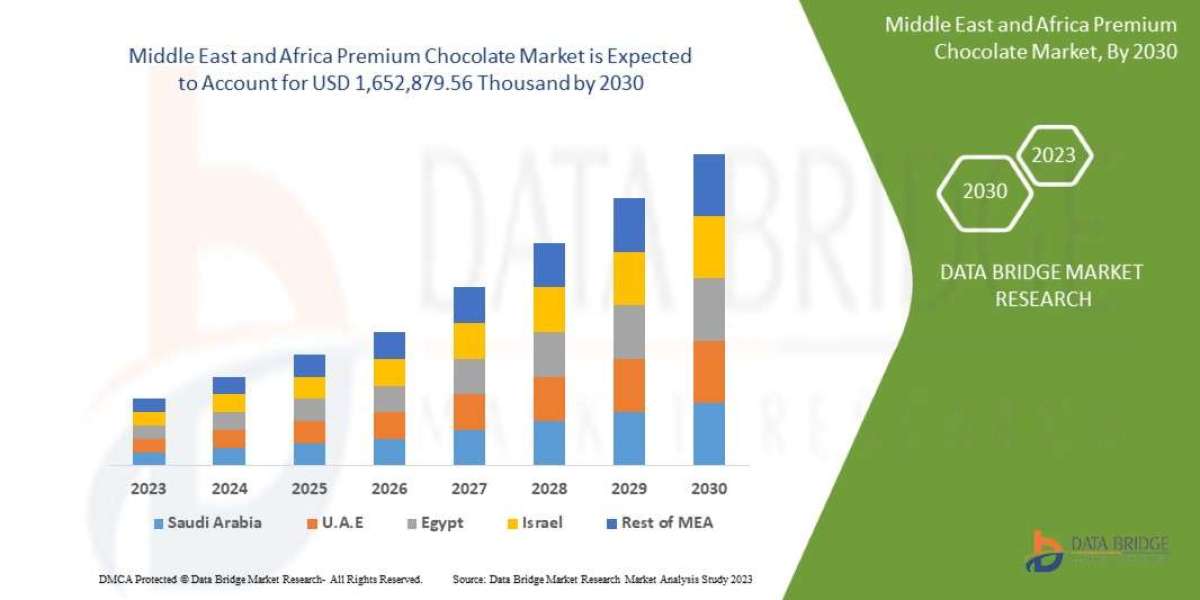As a consultant seeking funding from various sources, it is important to understand the differences in proposal formats across different sectors. Government, corporate, and nonprofit organizations each have their own established proposal formats and requirements that must be followed to increase the chances of success. In this blog post, we will explore the key differences in proposal formats for government, corporate, and nonprofit funding and how to adapt your proposal to best fit each type of audience.
Government Proposal Formats
Government agencies at the federal, state, and local level frequently release Requests for Proposals (RFPs) for various initiatives and projects. Responding to an RFP requires following a very standardized proposal format to ensure all evaluation criteria are directly addressed. Some common elements of a government proposal include:
Cover Page
The cover page simply lists the proposal title, applicant name and contact information, RFP number if applicable, and date submitted. This makes it easy for reviewers to identify your proposal.
Table of Contents
A table of contents upfront allows readers to quickly navigate the proposal. Be sure section headings and page numbers are accurately reflected.
Executive Summary
A 1-2 page high-level summary of the proposed project, key activities and deliverables, budget, and why you are qualified provides crucial context upfront.
Statement of Work
A detailed section outlining the specific tasks, timeline, and expected outcomes of the proposed project or contract in response to the RFP requirements. This is the heart of any government proposal.
Organizational Capability
An overview of your company or non-profit highlighting relevant experience, qualifications, and past performance on similar projects to demonstrate your ability to successfully complete the work.
Personnel and Management Plan
Details on the roles and responsibilities of key staff working on the project as well as how the work will be managed, tracked, and reported. Resumes are typically included in an appendix.
Detailed Cost Proposal/Budget Narrative
A line item budget with cost categories, budget amounts, and narrative justification for all anticipated expenses need to be clearly documented and mapped back to the Statement of Work tasks.
Adhering to the prescribed government format, as well as meeting all mandatory requirements, is critical. Proposals unable to address all evaluation criteria risk being deemed non-responsive and removed from consideration. Keep language clear, concise and tailored directly to the RFP scope.
Corporate Proposal Formats
While not as rigidly structured as government RFP responses, corporate proposals still require a logical flow of information targeted to the client's specific needs and desired outcomes. Common corporate proposal sections may include:
Cover/Title Page
Include your company name, logo, proposal title, client name, and date. Make it visually clean and professional.
Problem/Opportunity Statement
Clearly define the client's business challenge or opportunity you are proposing to address at a high level. Reference any background research.
Proposed Solution
Outline your recommended approach, methodology, services, and customized deliverables or product to solve the problem presented. Go into more detail than the executive summary.
Project Methodology
Delve deeper into the specific stages, key activities, and timeline of how you will execute the proposed solution from start to finish. Consider including flow charts, screenshots or mockups if relevant.
Anticipated Outcomes and Benefits
Quantify the tangible and intangible value the client can expect to realize through tangible metrics like ROI, cost savings, increased productivity or intangibles such as reputation, growth, customer satisfaction etc.
Project Costs and Fees
Present a simple cost structure with line items, pricing terms, payment schedule clearly outlined upfront to set expectations. Address any relevant contract or agreement requirements.
Company Qualifications
Highlight your unique qualifications, case studies, client testimonials and why you are the best partner to deliver the proposed solution for the client.
Next Steps
Provide a clear call-to-action for the client to move forward, typically involving a meetings for questions and finalizing scope of work in a statement of work document.
Corporate proposals aim for a concise yet compelling narrative supported with visual aids as needed. Maintaining a consultative client-centric approach helps position your solution as the optimal choice.
Nonprofit Proposal Formats
When seeking funding from foundations, individuals or corporate sponsors, nonprofits must convey how grant funds will advance their mission through measurable outcomes in a clear but personalized proposal. Common nonprofit proposal components include:
Cover Page
With organization name, logo, proposal title, submission date and contact information.
Table of Contents
For reference and easy navigation of longer proposals.
Executive Summary
A 1-page high-level summary of the project and how grant funds will be utilized. Succinctly conveys key activities, outcomes and your request amount.
Organizational Background
Brief history, mission, programs and population served. Highlight relevant past accomplishments and recognition.
Statement of Need
Contextualizes the needs/challenges being addressed through quantifiable facts, statistics and qualitative stories.
Project Description
Detailed outline of specific activities, methodology, timeline and expected results from short to long-term.
Project Budget
Line item expenses aligned with project activities and required funding request amount. Simple budget narrative for clarification as needed.
Evaluation Plan
Defines how outcomes and impact will be measured both qualitatively and quantitatively through performance metrics and assessment tools like surveys, interviews or pre/post tests.
Sustainability Plan
Explains efforts to continue programs/services beyond grant term or spread initiatives further through partnerships and other funding sources if not fully sustained.
Organizational Capacity
Demonstrates nonprofits qualifications through credentials, experience, leadership bios, financials like previous audits or 990 forms.
References
Prestigious supporters, board members or partnership endorsements if available to reinforce credibility.
Tailoring narratives and budget focused specifically on the foundation's interests and priorities improves chances for success in a competitive nonprofit funding landscape. Authentic stories highlighting community impact are persuasive.
Adapting Your Proposal Approach
Developing proposals that properly match the specific formats, language and requirements of government RFPs, corporate RFPQs or nonprofit grant applications is paramount but requires adapting proposals accordingly. Key strategies for navigating different formats include:
Carefully reading guidelines and asking questions to fully understand demands of each opportunity
Outlining customized narratives, budgets and deliverables specific to the scope and evaluation criteria
Using a consistent overall structure but adjusting content, style and tone for intended audience
Including relevant appendices, attachments and materials beyond the core proposal
Prioritizing quality and completeness over “one size fits all” templates
Leveraging expertise across your team for sector-specific knowledge and review
Testing proposals with mock reviews to refine based on feedback
With practice tailoring proposals for various formats, consultants and organizations position themselves for funding success across sectors. Focusing proposals squarely on the funder's interests optimizes chances of selection.
In conclusion, understanding proposal nuances for government RFPs, corporate RFPQs and nonprofit grant applications empowers consultants to effectively communicate value propositions across contexts. Adapting content, style and supporting materials as needed helps maximize opportunity qualifications and competitiveness. Practice producing sector-specific yet customized proposals to expand capacity for varied funding landscapes.
Read More:- https://www.tadalive.com/blog/86308/crafting-a-winning-project-proposal-a-step-by-step-guide/








